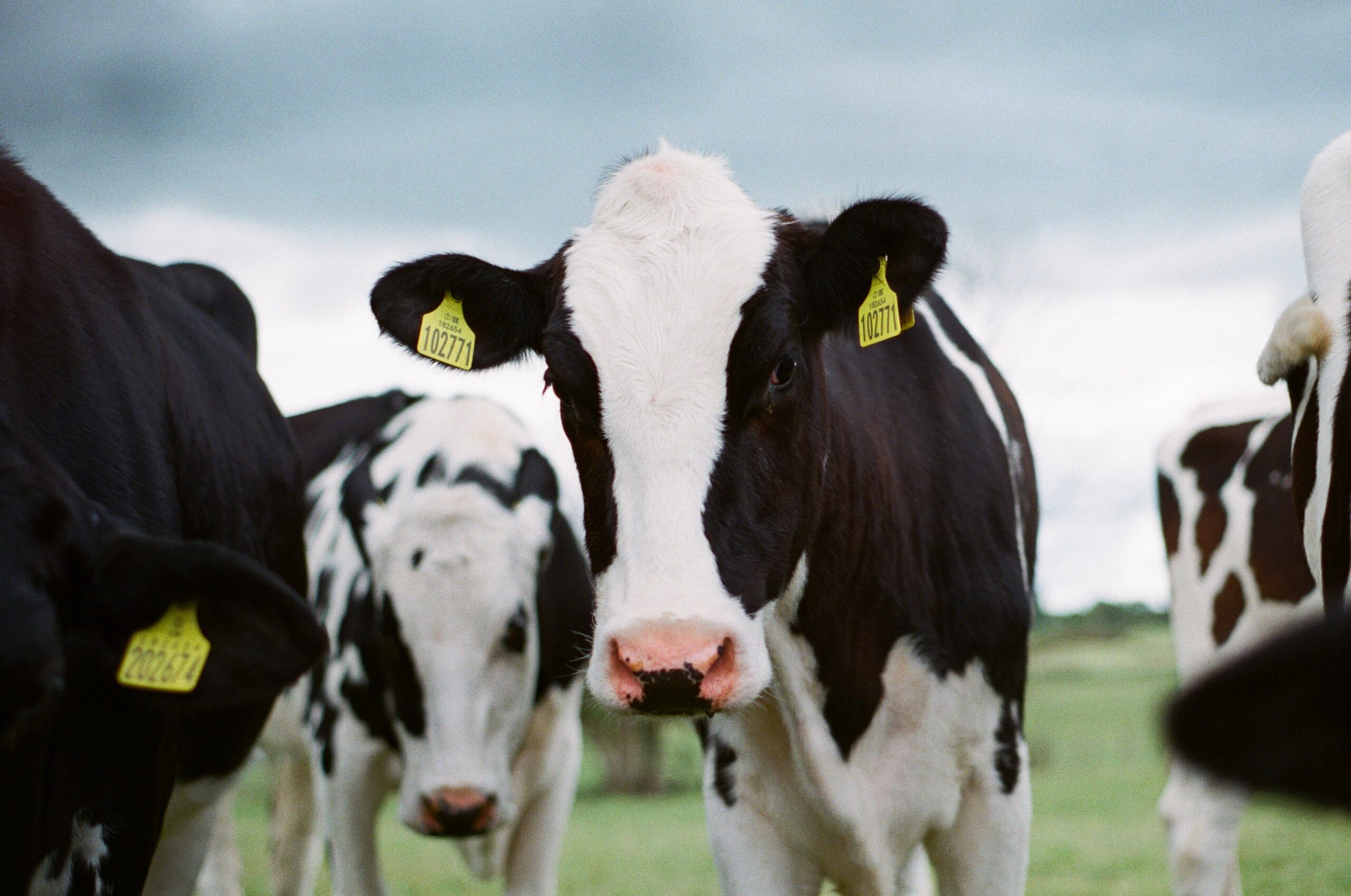In the first six months of 2020 and 2021, the Philippines’ top source of dairy products was New Zealand. In 2022, there was a new leader: The U.S.
American dairy farmers leapfrogged everybody to become the top supplier of dairy products to the Philippines, a nation of 110 million.
Its shipments of dairy products to the Philippines rose 78.3% to $212.5 million, according to Trade Data Monitor, the world’s top source of trade statistics. The bulk — 84.1% — of that was milk and cream, amounting to $178.8 million worth, or 53,810 tons.
It’s part of a trend. As dairy consumption in the U.S. stagnates, weighed down by changes in American diets, U.S. dairy producers, as well as their marketers and logistics managers, are stepping up their export game. And, in a global commodities market aiming to supplying a growing middle-class population, the U.S. has an important competitive advantage because of its immense farmland holdings and low population density compared to other economic powers. If the 20th century was the age of the American Factory, the 21st might become the Age of the American Farm.
Over the first six months of 2022, U.S. dairy exports increased 23% to $3.9 billion. Some of the increase can be attributed to price inflation. But the jump easily outpaced that of rivals New Zealand (up 7.4% to $6.8 billion) and Germany (up 11.9% to $6.5 billion).
And the expansion of U.S. market share is coming off a high base.
According to the U.S. Dairy Export Council, the U.S. in 2021 notched its second straight record year in 2021, as well its highest ever dollar value. In 2021, U.S. dairy exports rose 19.7% to $6.5 billion, according to TDM.
“We’ve seen tremendous growth in U.S. dairy exports,” Krysta Harden, boss of the Council, said in a statement. “U.S. exports have been rising for the past two decades, and the U.S. dairy industry — from farmers to manufacturers — have been doing the hard work to build and service demand for U.S. dairy for just as long. That investment in and dedication to export customers is one of the reasons why we’ve been able to face today’s challenges and grow the industry.”
To be sure, the U.S. still lags behind New Zealand, still the world’s top dairy power, in overall exports. After New Zealand, the top five dairy exporters in the world are Western economic powers: Germany, Netherlands, France, and the U.S.
The expansion of the U.S. dairy export market isn’t just about milk. Exports of cheese and curd to South Korea increased 24.2% to $184.2 million in the first six months of 2022. Overall, cheese and curd made up 76.6% of U.S. dairy exports to South Korea.
In Mexico, the U.S.’s top export market, the top exports in the first six months of 2022 were milk and cream (up 35.7% to $641 million) and cheese and curd (up 30.4% to $295.2 million.)
The U.S.’s top ten markets for dairy exporters are Mexico, the Philippines, Canada, China, South Korea, Indonesia, Japan, Malaysia, Vietnam, and Peru.
Meanwhile, New Zealand’s dairy exports have been flat. Its exports by quantity to China, its top market, fell 1.3% to 90.4 million liters in the first six months of 2022.
Overall, New Zealand’s exports, in an inflationary environment, rose only 7.4%, to $6.8 billion during the first six months of 2022.


